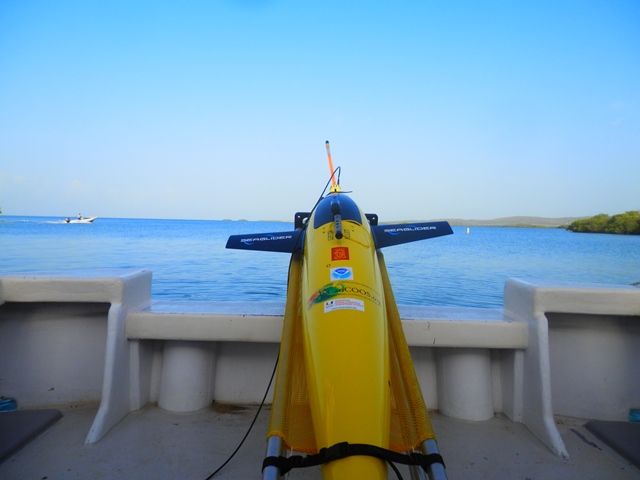Every year, each of the eleven IOOS Regional Associations submits their revised work to the U.S. IOOS Office. The latter includes specific actions, new product developments, and partnerships that will be carried out to accomplish the mission of providing unquestionably high-priority decision-supporting information for enhancing safety and efficiency in our coasts as well as proper resource management.
As of June 1, 2019, CARICOOS began the fourth program year of the cooperative agreement with IOOS/NOAA. For this year the U.S. IOOS Office has allotted funds totaling 2.5M. These will allow continued operation and maintenance of the observing system as well as the implementation of significant enhancements. These include a new HF radar station for surface current observations within much-transited sea lane between San Juan and the USVI where search and rescue operations are of particular concern to the US Coast Guard.

Funding will also support the acquisition of an ocean glider to be included in the NOAA AOML–CARICOOS fleet in a collaborative effort for the improvement of hurricane intensity forecasts. Also, an initiative responding to the emergent issue of Sargasso “inundations” in beaches, reefs, mangrove, and seagrasses will issue forecasts at a spatial scale appropriate for managers and scientists and will deploy a sensor package to document the resulting decrease in oxygen and increase in acidification resulting from Sargasso decomposition.
Together with partners from U.S. Virgin Islands (OCOVI & UVI), Rutgers University, University of Maine, University of New Hampshire, and NOAA Atlantic Oceanographic and Meteorological Laboratory we expect this year to be a productive one.



